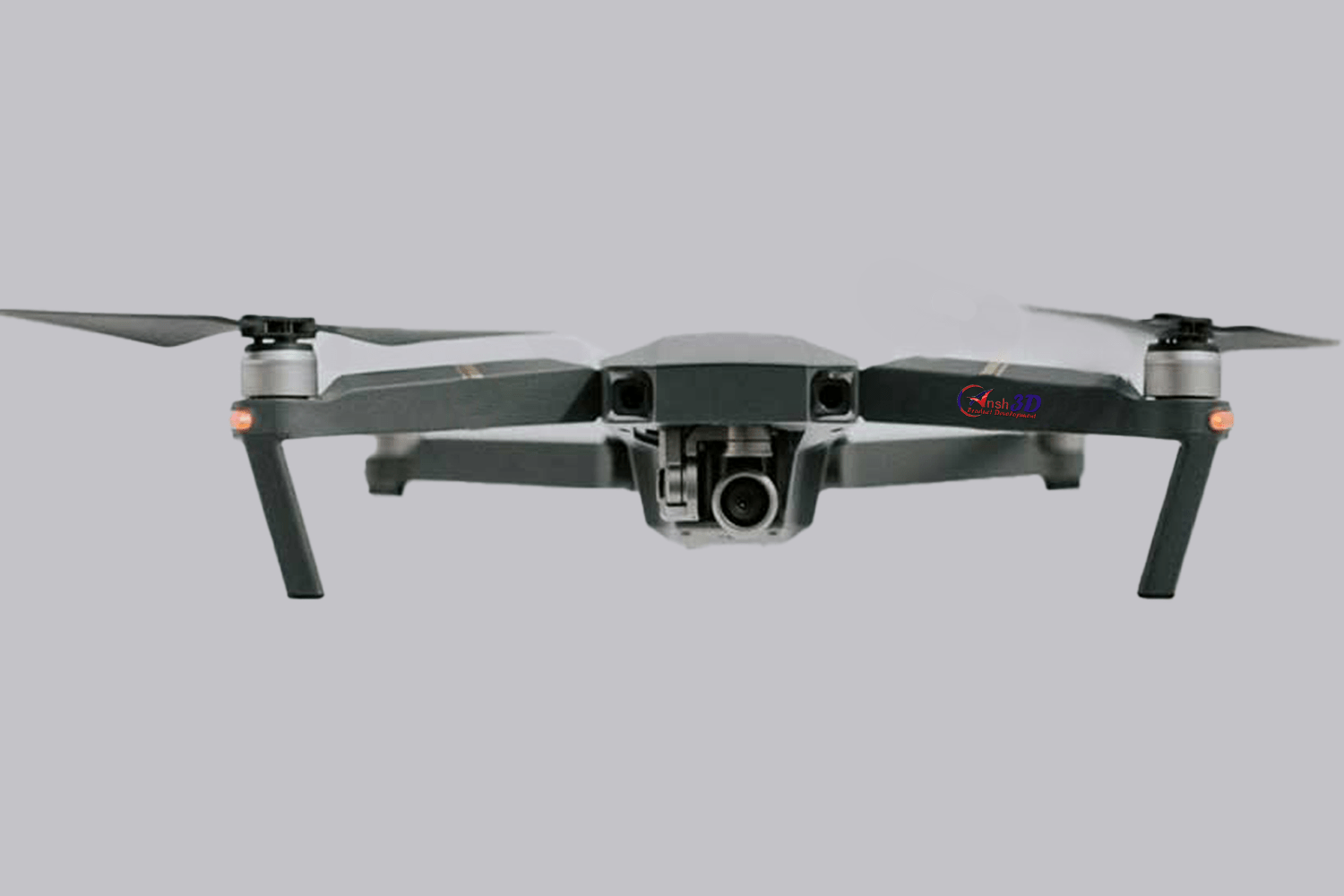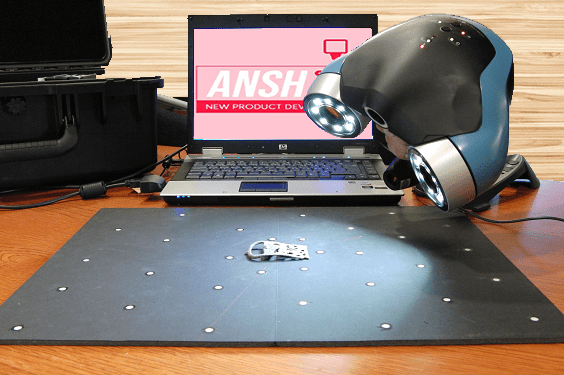
Exploring the Cutting-Edge Technology of SLS 3D Printing
In the world of additive manufacturing, there’s a groundbreaking technology that is revolutionizing the way we create complex and functional objects. Selective Laser Sintering (SLS) 3D printing has emerged as an incredible tool for producing high-quality, durable, and intricate parts with exceptional detail and structural integrity. In this article, we delve into the fascinating world of SLS 3D printing, exploring its process, benefits, applications, and future prospects.
Understanding SLS 3D Printing
Selective Laser Sintering (SLS) is an additive manufacturing technique that utilizes a powdered material, typically polymers or metals, to build three-dimensional objects layer by layer. Unlike other 3D printing methods, SLS does not require support structures, as the surrounding powder acts as a built-in support during the printing process.
The Process Behind SLS 3D Printing
Material Preparation
The SLS process starts with a bed of powdered material, which is spread evenly across the build platform.
Laser Sintering
A high-powered laser selectively fuses the powdered material, binding it together based on a digital model’s specifications for each layer.
Layer-by-Layer Building
After each layer is sintered, the build platform lowers, and a recoating mechanism applies a fresh layer of powder over the previous one. The process repeats until the object is complete.
Cooling and Post-Processing
Once printing finishes, the object cools down in the powder bed before being removed. Excess powder is brushed off, and any necessary post-processing steps are performed.
Benefits of SLS 3D Printing
Design Freedom
SLS allows for intricate and complex geometries that are difficult or impossible to achieve using traditional manufacturing techniques.
Wide Range of Materials
From durable plastics to high-performance metals, SLS can work with a variety of materials, enabling the production of functional prototypes and end-use parts.
No Support Structures
The powder bed acts as its own support system during printing, reducing material waste and post-processing efforts.
High Strength and Precision
SLS prints exhibit excellent mechanical properties, providing sturdy and reliable components with tight tolerances.
Production Efficiency
With SLS, multiple parts can be printed simultaneously, optimizing the manufacturing process.
Applications of SLS 3D Printing:
- Aerospace and Automotive Industries: SLS is used extensively in these sectors to produce lightweight yet robust components like ducting systems, engine parts, and prototypes.
- Medical and Dental Fields: SLS facilitates the fabrication of custom implants, prosthetics, surgical tools, and anatomical models with biocompatible materials.
- Consumer Goods: SLS enables the creation of personalized consumer products, including fashion accessories, electronics housings, and tabletop gaming pieces.
- Architecture and Design: The architectural and design industries leverage SLS for creating intricate models, prototypes, and scale replicas.
Future Prospects of SLS 3D Printing
As technology advances, we can expect several exciting developments in the realm of SLS 3D printing, including:
- Increased Material Options: The range of available materials will expand further, encompassing new polymers, composites, and even conductive or bioactive substances.
- Enhanced Speed and Precision: Ongoing advancements in laser technology and printing algorithms will lead to faster printing speeds and finer resolution capabilities.
- Cost Reduction: As SLS technology becomes more widespread, economies of scale and improved efficiency may drive down the overall cost of printing.
- Integration of Multi-Material Printing: Future iterations of SLS printers may allow for simultaneous printing with multiple materials, unlocking new possibilities in object functionality and complexity.
Material Options in SLS 3D printing
SLS 3D printing offers a wide range of material options, making it suitable for various applications. Some commonly used materials in SLS include:
- Nylon: Nylon-based powders, such as PA12 (Polyamide 12), are widely utilized in SLS printing due to their excellent mechanical properties, durability, and flexibility.
- Thermoplastic Polyurethane (TPU): TPU powders are popular for producing flexible and elastomeric parts, making them ideal for applications requiring rubber-like qualities.
- Polycarbonate (PC): PC powders provide high strength, heat resistance, and transparency. They are often used for functional prototypes and end-use parts in demanding industries like automotive and aerospace.
- Metals: SLS can also be applied to metal 3D printing. Materials like aluminum, stainless steel, titanium, and cobalt chrome are commonly sintered using specialized SLS systems.
Post-Processing of SLS 3D printed output
Once the SLS print is complete, it usually requires post-processing to achieve the desired final appearance and functionality. Common post-processing steps for SLS prints include:
- Removing Excess Powder: The printed object is carefully removed from the powder bed, and any excess powder adhering to its surface is gently brushed off or blown away.
- Thermal Treatment: In some cases, especially with nylon-based materials, a thermal treatment called “sintering” or “annealing” may be performed to improve the part’s mechanical properties and remove residual stress.
- Surface Finishing: Depending on the desired finish, additional processes like sanding, polishing, or chemical treatments can be applied to smooth the surface or add specific textures.
- Dyeing or Coloring: SLS prints can be dyed or colored to achieve a desired aesthetic appearance. This can be done through dyeing baths or by applying pigmented coatings.
Limitations and Challenges
While SLS 3D printing offers numerous advantages, it also has certain limitations and challenges to consider:
- Cost: SLS machines are generally more expensive than other 3D printing technologies, making them less accessible for small businesses or individual users.
- Post-processing Requirements: Although SLS eliminates the need for support structures during printing, post-processing steps like powder removal and surface finishing can still be time-consuming and labor-intensive.
- Layered Texture: SLS prints often have a distinctive layered texture due to the nature of the printing process. This may not be suitable for applications requiring a completely smooth and seamless finish.
- Part Size: The size of the SLS build chamber limits the maximum dimensions of the printed objects. Large-scale prints may require specialized equipment or assembly of smaller parts.
- Material Availability: While the range of materials for SLS is expanding, specific material options may be limited compared to other 3D printing methods.
Despite these challenges, ongoing research and development in the field of SLS 3D printing are continuously addressing these limitations, leading to improvements in cost-effectiveness, speed, surface quality, and material options.
SLS 3D printing has already made significant advancements in various industries, and its potential for innovation and growth continues to expand. With further technological advancements and increased accessibility, SLS is poised to play a vital role in shaping the future of manufacturing and product development.
Selective Laser Sintering (SLS) 3D printing is an incredibly promising technology that pushes the boundaries of traditional manufacturing. With its design freedom, material versatility, and production efficiency, SLS opens up a world of possibilities across industries from aerospace to medicine. As this technology continues to evolve, we can anticipate more remarkable achievements in terms of speed, precision, and material options. The future of SLS 3D printing holds immense potential for transforming our approach to manufacturing and shaping the world around us.





